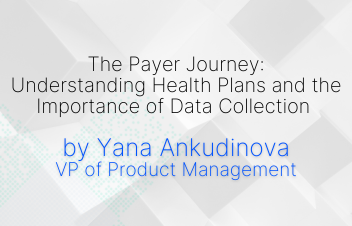Navigating the Shift: Transitioning from CMS Web Interface to APP
As the 2024 performance year ends, MSSP ACOs (Medicare Shared Savings Program Accountable Care Organizations) are bracing for new reporting obligations under the Quality Payment Program (QPP). The Centers for Medicare and Medicaid Services (CMS) is gearing up for a complete transition to digital quality measurement in 2025, mandating organizations to extract data from their practices’ certified EHRs (CEHRT). This transition comes in the form of the APM Performance Pathway (APP), the latest CMS reporting method tailored for MIPS (Merit based Incentive Payment System) Alternative Payment Models (APMs) and ACOs, effectively replacing the CMS Web Interface.
Key Changes and Challenges
While the move promises a more streamlined reporting system, it presents challenges, particularly for ACOs unprepared for the conclusion of the Web Interface era. For years, MSSP ACOs reported on a set of 10 quality measures through the CMS Web Interface. However, the new APP system takes the number of measures down to just three—diabetes, depression screening, and hypertension. Additionally, instead of reporting on just a sampling of patients, ACOs must now report on their entire Medicare population, or their entire patient population regardless of payer.
Navigating the Reporting Options
CMS has laid out three distinct reporting options for ACOs: eCQMs, MIPS CQMs, and the newly approved Medicare CQMs.
- eCQMs: Rely solely on structured data from certified EHRs (CEHRT) that must be correctly mapped to QRDA-1 files needed for comprehensive measurement.
- MIPS CQMs: Allows data extraction from the full patient record, including unstructured notes, which is not available in QRDA-1 files.
- Medicare CQMs: While focusing only on Medicare patients, they still cover a significant portion of the population, and are calculated similarly as MIPS CQMs.
Each method employs distinct calculations and thresholds that determine an ACO’s rank and shared-savings potential. The choice of which method to use will greatly affect an ACO’s strategy towards achieving quality care outcomes.
Challenges Ahead
One major hurdle is the adequacy of data extracted from EHRs. The QRDA-1 files required may not provide the necessary details for accurate CQM measurement, and manual review of patient records, although possible, is hardly feasible given the sheer volume of data. Additionally, CMS mandates that eCQMs and MIPS CQMs be reported for at least 70% of eligible patients, regardless of payer type, to assess overall quality of care. In contrast, Medicare CQMs limit the patient population to Medicare patients, albeit still significant in volume.
Strategic Planning is Key
With no one-size-fits-all solution, ACOs must carefully select the appropriate reporting option for each measure to optimize quality reporting performance and shared-savings potential. This underscores the importance of partnering with a value-based care expert proficient in data aggregation and reporting.
Preparing for Success
As ACOs gear up for the transition, it’s imperative to identify new data collection mechanisms, adjust operational workflows, and evaluate performance on quality measures. Success in navigating these changes will be pivotal for ACOs seeking to thrive in the evolving landscape of value-based care.



